Report this entry
More from the same community-collection
Merrick Building - El Paso, Texas
The Merrick building was built in 1887 in El Paso, Texas in the ...
First National Bank and Wells Fargo Building
The First National Bank and Wells Fargo Building was built in ...
Paul L. Foster School of Medicine
Paul L. Foster School of Medicine located at 5001 El Paso Dr, El ...
Paul L. Foster School of Medicine - El Paso, Texas
Paul L. Foster School of Medicine in 5001 El Paso Dr, El Paso, ...
Paul L. Foster School of Medicine
Paul L. Foster School of Medicine Located at 5001 El Paso Dr, El ...
EPCC Valle Verde Campus - El Paso, Texas
EPCC Valle Verde Campus - 919 Hunter Dr., El Paso, TX, 79915
EPCC Valle Verde Campus - El Paso, Texas
EPCC Valle Verde Campus - 919 Hunter Dr., El Paso, TX, 79915

















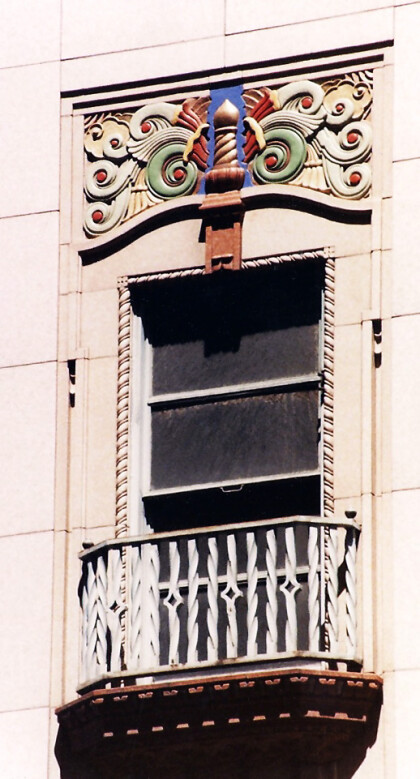
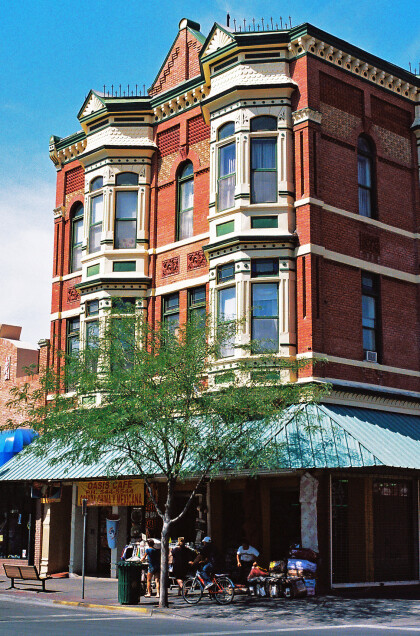
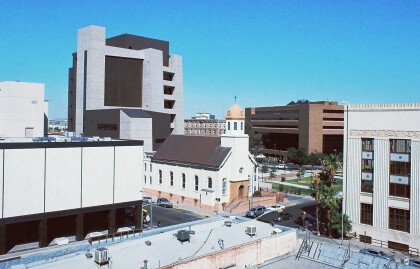
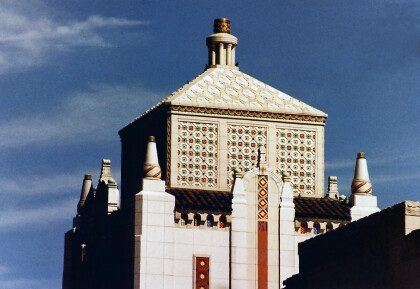
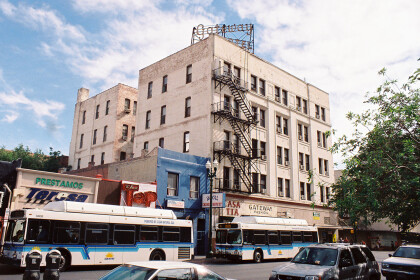
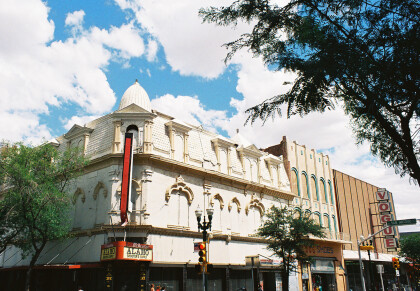
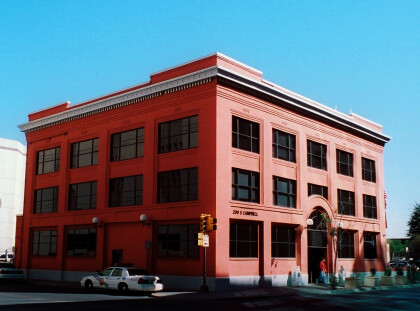
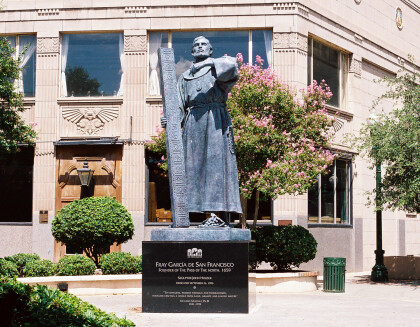
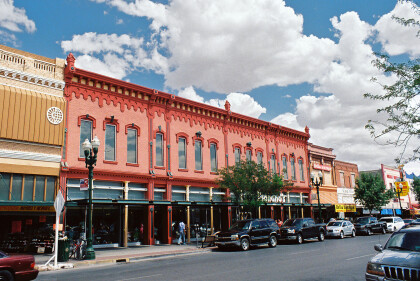
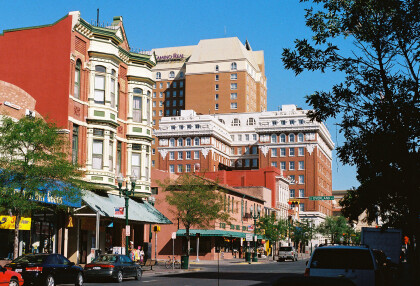
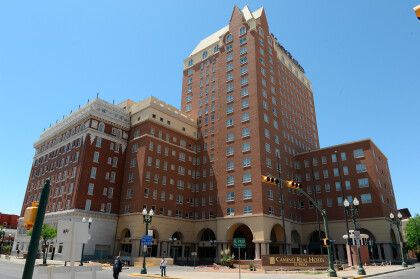
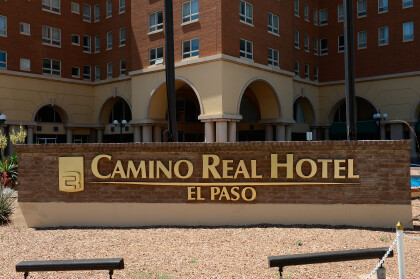
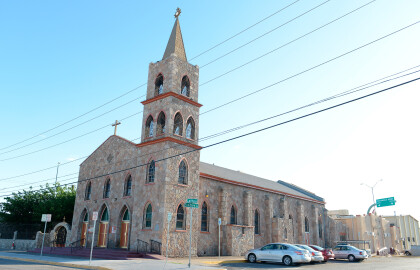
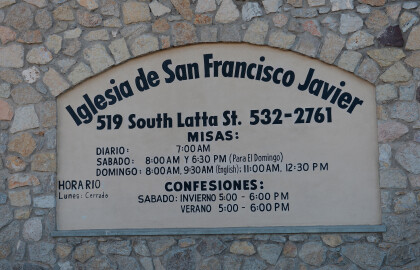
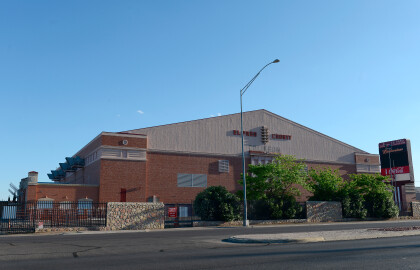
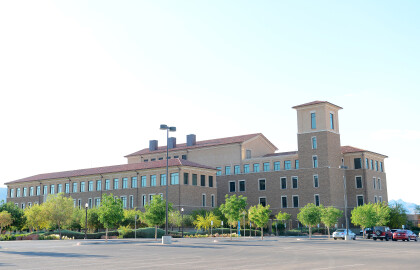
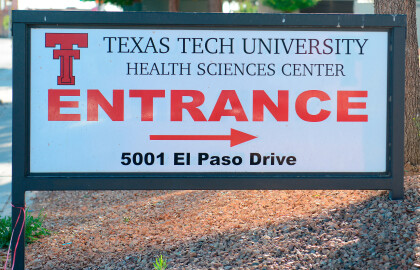
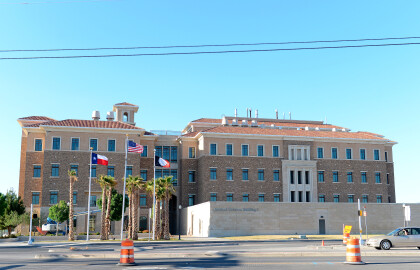
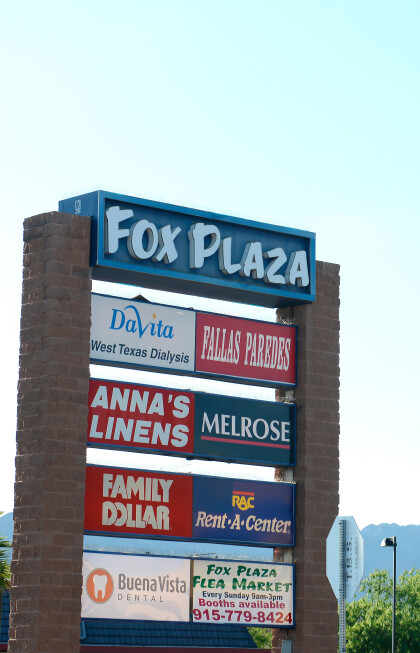
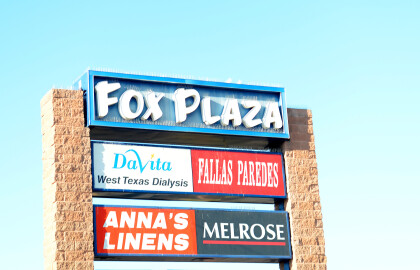
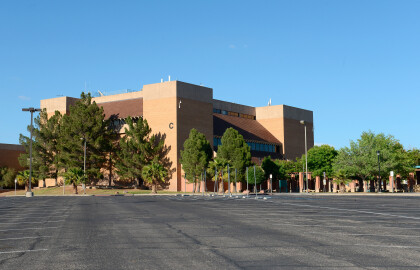
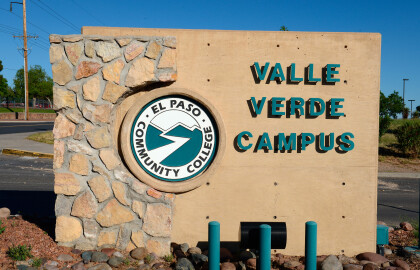
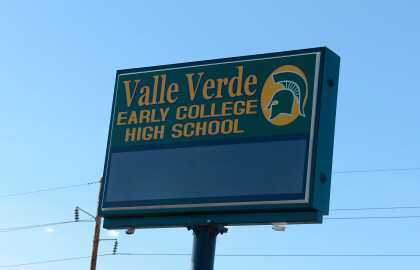
Comments
Add a comment